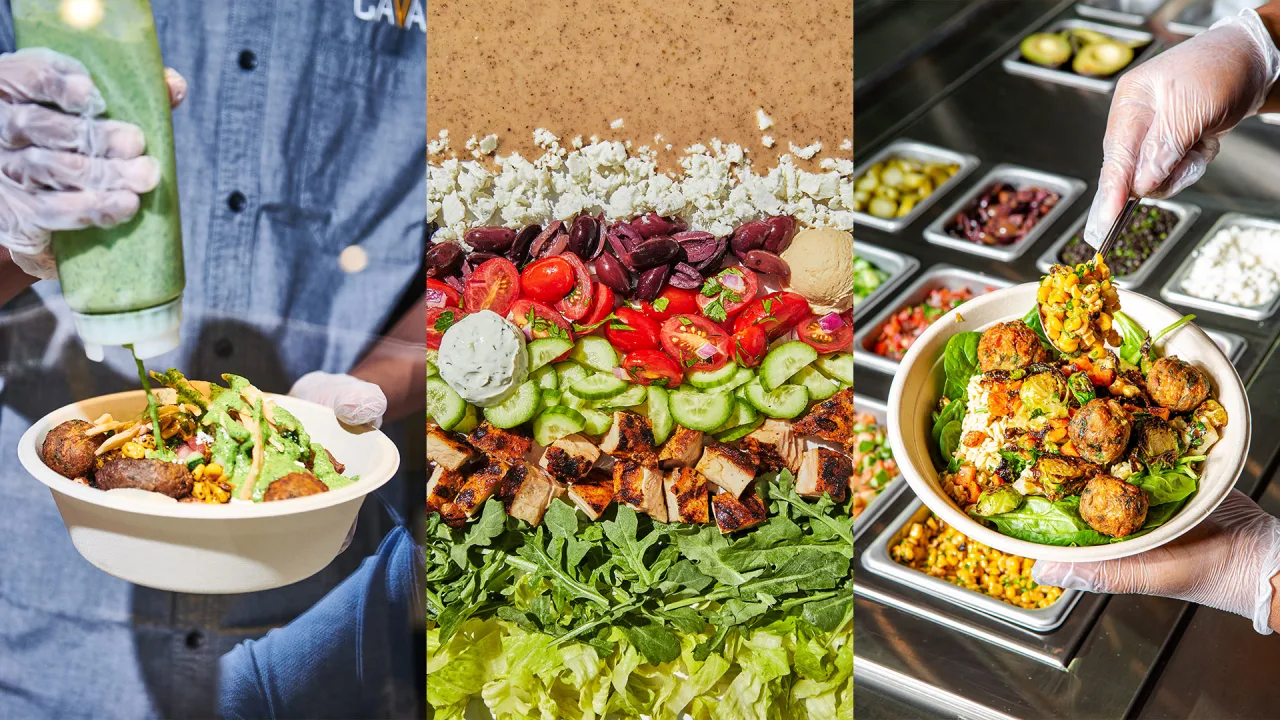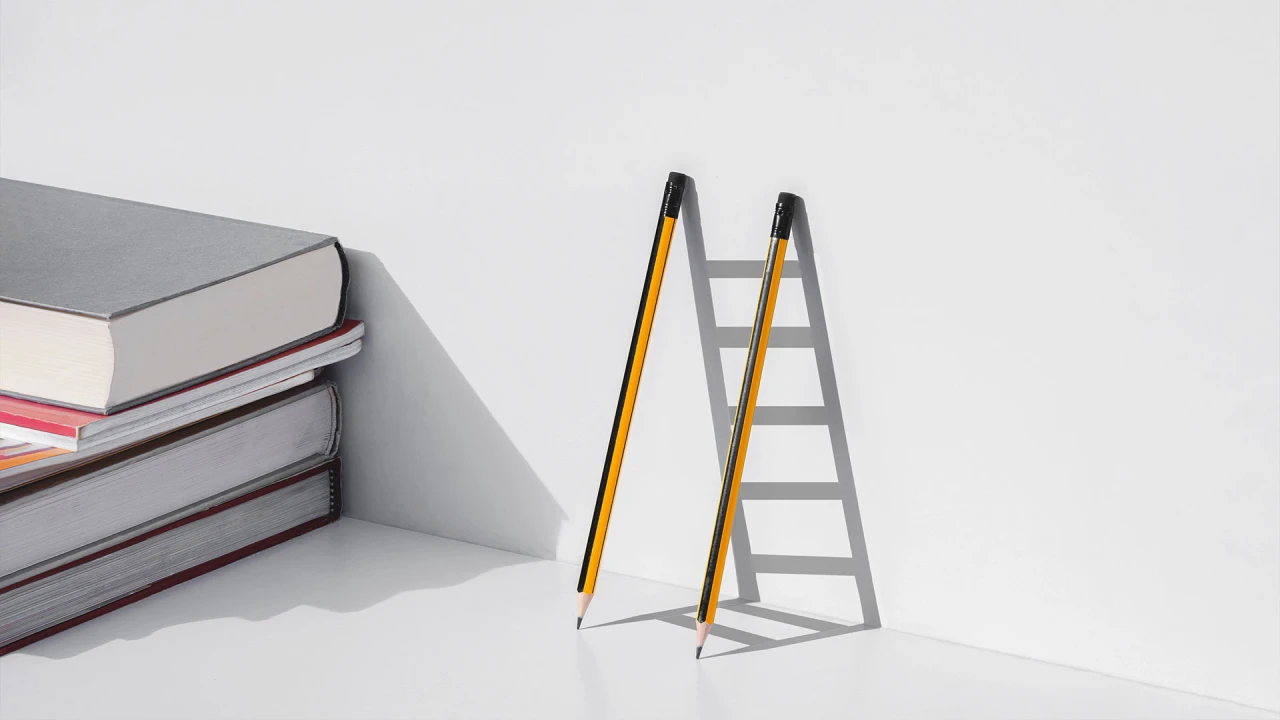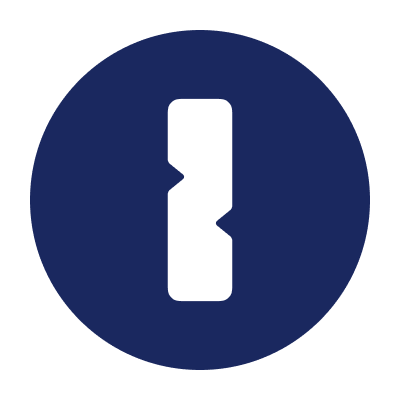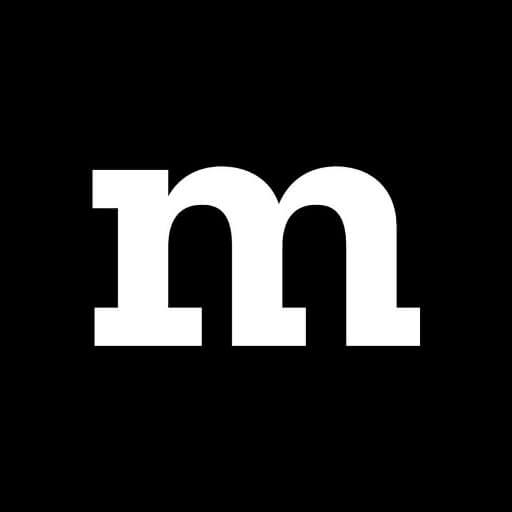‘Bread Baking for Beginners’ Will Give You All the Confidence You Need
Your last loaf of deflated bread got you down? This cookbook has the tips, answers, and guidance you need.

We may earn a commission from links on this page.
Welcome to “Cookbook of the Week.” This is a series where I highlight cookbooks that are unique, easy to use, or just special to me. While finding a particular recipe online serves a quick purpose, flipping through a truly excellent cookbook has a magic all its own.
Baking bread isn't for everyone, and I get it: Spending hours (or days) making one “simple” staple item that you could easily purchase at the store for a few dollars is arguably absurd. I fully accept that I may never be able to bring folks who feel this way over to the other side, and that’s fine.
But what about the home cooks who are intrigued, rather than bothered, by the idea of bread baking? Despite generations-worth of recipes and tips, yeast-raised loaves are notoriously finicky, and nothing will defeat your spirit quite like tossing your third dense and doughy sourdough attempt into the compost bin. That’s why I chose to spotlight Bread Baking for Beginners this week. This cookbook creates a safe space where you can build the confidence and know-how you'll need for your illustrious future as a bread baker.
A bit about the book
As you can tell from the title, Bread Baking for Beginners has clear intentions. Author Bonnie Ohara has been the owner and baker of Alchemy Bread since 2014, and her experience of slingin' dough comes through on every page. She has a kind and teacherly way of instructing you on bread baking in this cookbook, and frankly, it’s a breath of fresh air in contrast to the aloof, know-it-all approach you’ll find all over the internet.
This cookbook has a somewhat curriculum-style progression, but without ever feeling like a textbook. It’s actually quite approachable: Starting with terminology and equipment, and then moving from simple no-knead breads over to kneaded breads, and proceeding to enriched breads and sourdough starters, Ohara teaches you how to walk before you run.

A great cookbook for the wannabe bread-head
Being a beginner at something is a vulnerable state. A messed up loaf of bread is akin to rejection, and a lot of people can’t handle that feeling. That’s why it’s important to have a good teacher. Throughout the pages of Bread Baking for Beginners, Ohara is there to cheer you on, and I fully believe that kind of supportive encouragement is what can keep a new baker coming back to the kitchen after a failed loaf or two.
Ohara’s encouragement is never exaggerated or disingenuous. She has her own way of letting you know that perfection isn’t the goal. A little wiggle to your ficelle? It’s character! Your dough hasn’t risen enough? Don’t worry, it’s totally normal to adjust the proofing time on the fly.
Every recipe is easy to start, with a short headnote and even shorter ingredient list, and the instructions are always clear. I appreciate that each recipe includes how to shape and how to check for proofing, because that can look and feel different depending on the type of bread you’re making.
And what’s a lesson without a Q&A session? Common problems and helpful FAQs sections appear throughout. You’ll get likely answers for why your dough was too dense and why it exploded out of the bottom instead of the score mark. She'll offer suggestions on what to do if your loaf is seemingly ruined. Of course this is helpful for next time, but it also normalizes the act of messing up: It's all a part of learning. But unlike in math class, you can snack on your mistakes.
The bread I made this week
I don’t normally go for no-knead breads, but I think they are the most welcoming recipes for new bread bakers. Clearly Ohara agrees, because they’re in the first chapter. From her offerings, I made the Master Recipe for No-Knead Breads.
As may be expected, it is a classic four-ingredient lean bread. You can’t get simpler than flour, water, salt, and yeast. I’m not new to bread baking (you can peep my sourdough boule recipe here), so I was a little surprised to see all-purpose flour used. Bread flour is usually the go-to for its higher gluten content, which leads to better structure and increased elasticity.

I flipped to the front to check out the author’s thoughts on the ingredient choice and she makes it clear that not only has she had success with regular all-purpose flour, but that it’s more accessible for most home cooks. I respect this choice. If a person can be successful with fewer obstacles, then they can make the switch on their own if and when they choose. However, a kitchen scale is also required (all of the measurements are in grams with no volume option), so there is still some expectation you'll acquire the right tools before getting started. (Personally, I'd switch to bread flour for this type of recipe.)
Her no-knead bread is as simple as promised. I weighed my ingredients and mashed them all up with a wooden spoon as thoroughly as I could without it qualifying as kneading. As long as you aren't using expired yeast, I can’t see this bread failing to come to life. Ohara is very clear about ambient temperatures and reminds you of the ideal conditions for the best rise. Even with that advice, and a decade of bread baking under my belt, I managed to overproof my no-knead dough, but I’m not mad about it. The loaf came out light and evenly aerated. It strikes me as a good sandwich bread. And it's Bread Baking 101 that it takes a few trials to learn the personality of a new bread recipe. I’ll try it again soon enough.
How to buy it
I normally grab the hardcover for cookbooks, but I actually went with the softcover this week. It’s a great price, and since it’s more of a learning cookbook than a display piece, I figure I won’t feel as bad if the pages get flour, oil, or water marks on them. If you haven’t been lately, take a walk to your nearest bookstore and see if you can find it on the shelves.

















































































































![Are AI Chatbots Replacing Search Engines? AI vs Google [New Research]](https://www.orbitmedia.com/wp-content/uploads/2025/05/How-often-are-we-using-AI-chatbots_.webp)




































